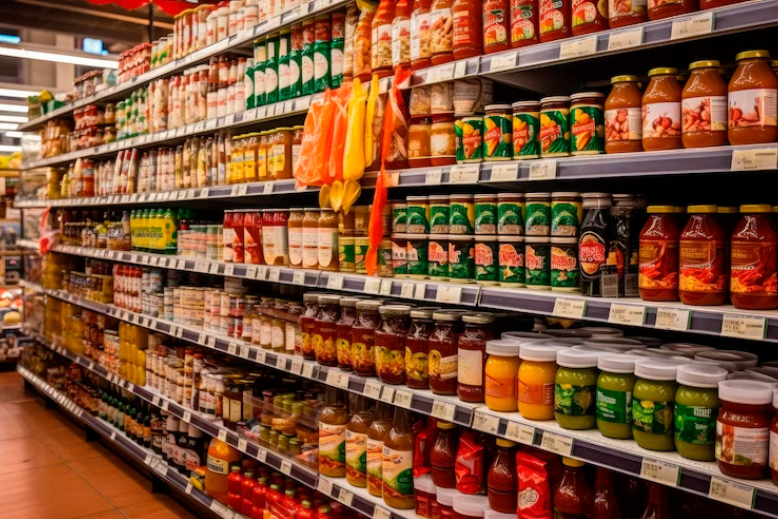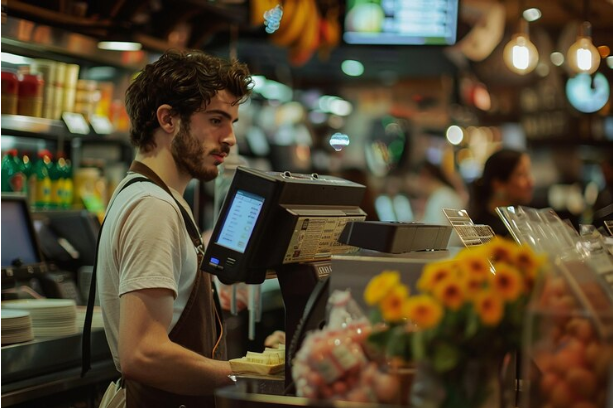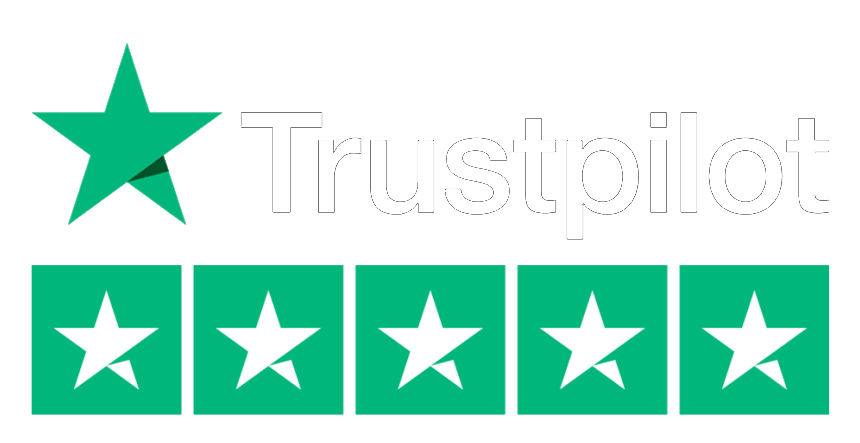If you’ve ever popped into a local convenience store, like Morrisons Daily or Tesco Express, you might have noticed the prices are, well, a little higher than expected. But just how much more are you paying for that convenience? According to a recent study by ‘Which?’ (a UK-based consumer advocacy organization that provides independent reviews, advice, and information to help consumers make informed decisions) you could be spending up to 21% more at convenience stores compared to larger supermarket branches – and that’s not the worst part. If you’re a loyalty card member, the difference could be even more shocking.
Let’s break it down and see what’s really going on behind these sneaky price hikes, and how it affects your pocket. We’ll also touch on how retailers can smartly adopt tools like MPOS to enhance customer experience and reduce some of those extra operating costs.
WHAT DID THE STUDY REVEAL?
Supermarket convenience stores are exactly what they sound like – convenient. They’re often located in busy city centers or neighborhoods, making them a go-to for essentials. But this convenience comes at a steep cost.
Which? compared 42 grocery items like milk, pasta, cheese, and more at supermarket convenience stores versus their larger counterparts. The results showed that, on average, prices were significantly higher at the convenience stores—especially at Morrisons Daily, where the price difference soared to 21%. For instance, a simple tin of own-label chickpeas cost £1 at Morrisons Daily, while the same tin was only 49p at the full-sized Morrisons supermarket. That’s more than double the price for the same product!
And it’s not just the everyday essentials that are pricier. Whether you’re picking up some bread, milk, or even blueberries, shoppers are consistently forking out more for the convenience of nearby stores.
But here’s the kicker: loyalty card members may actually find themselves worse off! More on that in a moment.
The LOYALTY CARD PARADOX
Here’s where things get even trickier. Loyalty cards are supposed to reward you for shopping regularly, right? Well, not always. The study found that Morrisons More loyalty scheme members, for example, could be paying 22% more at Morrisons Daily because the card isn’t accepted there yet. So, those savings you thought you were racking up? Not so much.
Similarly, at Tesco and Sainsbury’s, loyalty scheme members also faced higher prices at smaller stores compared to full-sized ones. Sainsbury’s Nectar users could pay an average of 14% more, while Tesco Clubcard holders faced 11% higher prices at Express outlets.
Tesco justified the higher prices by explaining that operating costs are steeper in smaller stores, especially those in city centers where rents and rates are higher. Fair point, but does that fully explain why a pint of milk costs 8% more?
IMPACT ON SHOPPERS
Unfortunately, not everyone has access to larger supermarkets, and this price difference hits hard. As Which? retail editor Ele Clark pointed out, many people are reliant on smaller stores due to lack of transport or online delivery access. This means they are forced to regularly shop at these pricier convenience stores, increasing their yearly grocery bill. A quick stop for milk and bread could be costing these shoppers far more in the long run.
For people using smaller stores regularly, that 10-20% markup can really add up over time. Imagine having to pay £1.10 for a pint of milk every week, instead of 89p at a larger store. Over a year, that’s a noticeable difference.

WHY ARE CONVENIENCE STORES MORE EXPENSIVE?
At this point, you’re probably wondering – why do we have to pay more for the same items in these stores? Let’s unpack the reasons behind this.
- Location Costs – Many smaller stores are located in areas where rents and overhead costs are significantly higher. City centers, for instance, come with prime rent tags.
- Operating Efficiency – Larger supermarkets benefit from economies of scale, stocking larger quantities of items and spreading operational costs over a higher sales volume. Convenience stores, with their smaller spaces and lower stock levels, don’t have that luxury.
- Limited Inventory – With fewer products on the shelves, these stores may not offer budget ranges, pushing customers toward pricier items.
- Impulse Shopping – Convenience stores are designed for quick stops, which often means you’re buying without as much price comparison. That impulse can be costly!

WHAT CAN YOU DO ABOUT IT?
If you’re a shopper regularly using smaller convenience stores, you’ve probably already felt the pinch. But there are ways to avoid overpaying:
- Bulk Buy at Larger Stores: Whenever possible, plan your bigger shops at large supermarkets. Buy non-perishables like pasta, canned goods, and household products in bulk to reduce the number of times you need to visit convenience stores.
- Check for Offers: Loyalty cards may not always work at smaller stores, but always check for specific deals tailored to these locations. Stores like Tesco adjust their Clubcard offers depending on whether you’re buying for a quick meal or a larger shop.
- Look for Budget Ranges: While they might not be as common in convenience stores, some brands are rolling out their budget lines to these outlets. Morrisons, for example, has introduced their budget ‘Savers’ range into Morrisons Daily stores nationwide.
- Make Use of Technology: MPOS systems, for example, offer self-checkout kiosks that might not only speed up your shopping experience but could eventually lead to personalized discounts when integrated with loyalty schemes. As convenience stores upgrade their systems, such technology could become a game-changer in the long run.
- Compare Prices: Apps and websites that compare grocery prices can help you see if that pint of milk is really worth the extra 8%.
THE FUTURE: WILL PRICES STAY HIGH?
Which? has been investigating supermarket pricing strategies for some time, recently calling out loyalty schemes for offering “questionable” discounts. The reality is that as long as convenience stores operate under higher costs, prices may remain elevated. However, there is hope that loyalty schemes like Morrisons More will expand into these stores to offer better value to regular shoppers. Morrisons has said it’s working on bringing the More card to its Daily stores soon, which could provide much-needed relief.
In the meantime, consider your shopping habits carefully. The convenience of popping into a local store might be handy, but it’s clear it comes with a price. While a quick trip for a few essentials might seem harmless, if you’re doing it regularly, the costs can add up fast. Being aware of these price differences allows you to make smarter, more cost-effective choices.
HOW MPOS CAN HELP RETAILERS AND SHOPPERS ALIKE
While higher operating costs in smaller stores are a legitimate concern for retailers, technology like MPOS systems could help streamline operations, manage inventory, and reduce some of those burdens. MPOS systems allow store owners to run their businesses more efficiently by tracking stock levels in real-time, managing transactions faster, and even offering flexible payment options for customers.
For example, in a busy convenience store where space is limited and queues can form quickly, an MPOS system offers mobility and speed, reducing wait times for customers. It also helps the store manage promotional offers effectively, ensuring that loyalty scheme members, like those using Tesco’s Clubcard or Sainsbury’s Nectar, get instant discounts without extra hassle.
Additionally, MPOS systems offer seamless integration with a variety of software and hardware to further enhance store operations. By integrating loyalty programs such as MyDD Points, store owners can attract and retain more loyal customers, driving engagement and boosting sales. This integration allows loyalty program members to be rewarded in real-time, creating a smoother customer experience without adding operational complexity. MPOS also integrates with Viva.com, which optimizes financial efficiency by enhancing payment processing, allowing for quicker item scanning, and creating a seamless transaction experience.
Furthermore, MPOS systems connect with platforms like Snappy Shopper, making it easier to display products to a wider audience, offer promotional bundles, and manage online orders directly from the store’s till. The system also integrates with major wholesalers through SuperPLOF 500K, providing access to real-time product files, recommended retail prices (RRPs), and fascia group promotions. This feature allows store owners to manage their inventory more effectively, create automatic purchase orders, and stay updated with transparent spend histories.
As more integrations, like Foodel and Xero, become available, MPOS will further simplify online store setups and bookkeeping, offering greater operational efficiency and customer convenience.
By cutting down operating inefficiencies through its smart features, MPOS can indirectly help mitigate the need for stores to charge such a steep premium on everyday items. Plus, with the added ease of digital payment options, customers might be more inclined to shop at smaller stores more frequently, closing the gap between convenience store pricing and their larger supermarket counterparts.

CONVENIENCE AT A COST
The convenience of a local store is undeniable, but so is the price hike that comes with it. Whether you’re a loyal customer of Morrisons Daily, Sainsbury’s Local, or Tesco Express, it’s clear that grabbing a few essentials on the go can add up over time. While higher rents and operating costs might justify some of these differences, it’s essential to be savvy about where and when you shop.
And for retailers, adopting smarter solutions like MPOS can go a long way in keeping costs under control while offering better service to customers. In the end, technology could be the key to balancing convenience with affordability.
So, next time you’re out grabbing a quick bite or topping up on groceries, think twice – your wallet will thank you!



